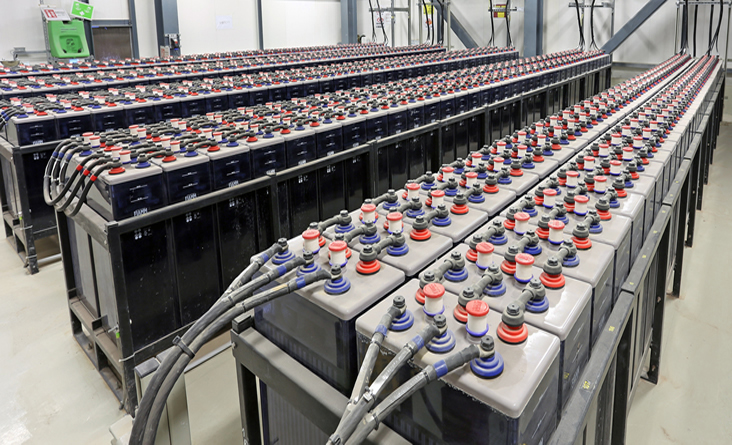Benefits of Cycle Charging
- Optimized Battery Usage
- Deep Discharge Handling: Designed to handle deep discharges and full recharge cycles, which are typical in many high-demand applications.
- Enhanced Performance
- Capacity Utilization: Maximizes the battery’s capacity and ensures it delivers the required energy throughout its discharge cycle.
- Battery Maintenance
- Equalization: Cycle charging can include periodic equalization charges to balance the charge across all cells, preventing capacity loss and sulfation.
- Versatility
- Wide Range of Applications: Suitable for various applications where batteries are regularly cycled rather than kept in a fully charged state.
How Cycle Charging Works
- Charging Phases: Typically involves multiple stages, including bulk charging (bringing the battery to a specified voltage quickly), absorption charging (completing the charge at a slower rate), and sometimes a float charge (maintaining the charge once the battery is full).
- Controlled Discharge and Recharge: Batteries are discharged to a certain level (often 20-50% of their capacity) and then recharged to full capacity.
Summary
Cycle charging is essential for applications where lead-acid batteries are subject to regular discharge and recharge cycles. This method is crucial for ensuring the longevity and reliability of the battery in various high-demand applications such as electric vehicles, industrial equipment, renewable energy storage, recreational vehicles, and portable power tools. By maintaining proper cycle charging routines, users can optimize battery performance, enhance capacity utilization, and ensure the consistent availability of power for their needs.


